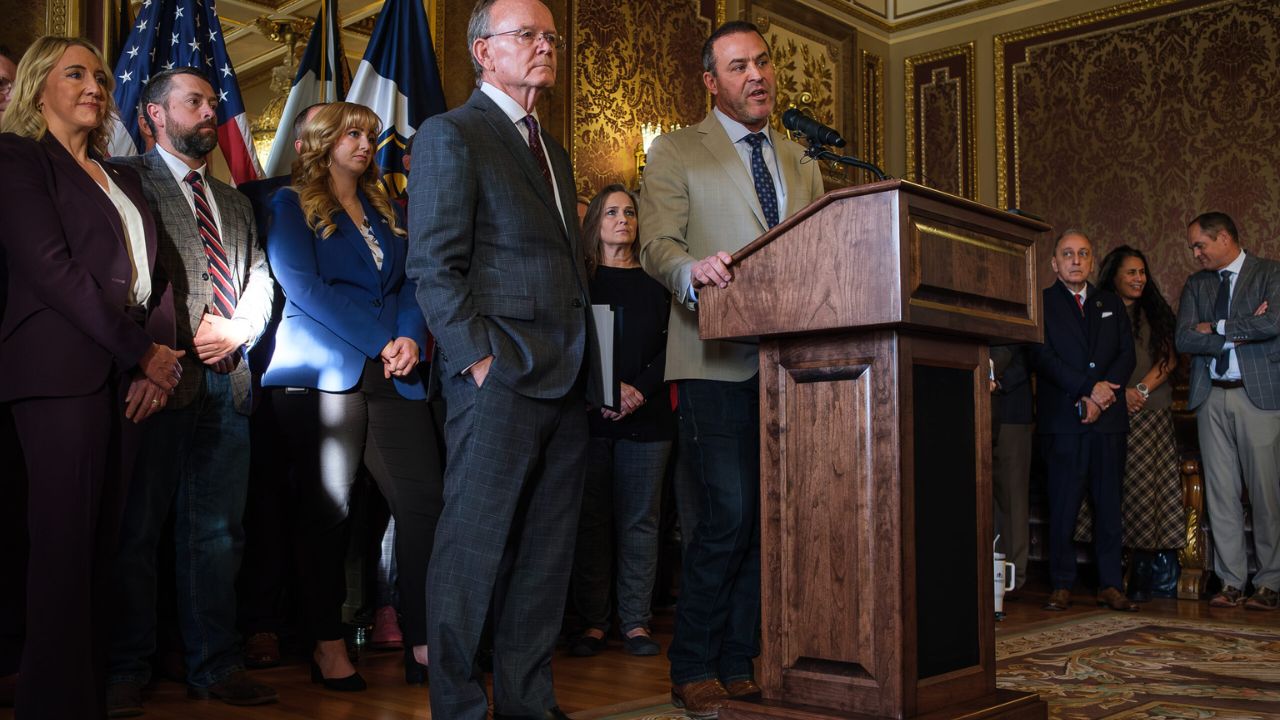Utah’s promise of a faster, more efficient public records system has hit a snag. A state office created to improve access to government documents is now taking twice as long to process appeals as the system it replaced.
The state’s new Government Records Office was launched to modernize the appeals process under Utah’s open-records law, known as GRAMA (Government Records Access and Management Act). However, data show that average resolution times have jumped from about 100 days to 265 days since the change.
A Reform That Slowed Everything Down
The Government Records Office was designed to replace the State Records Committee, which lawmakers claimed had become inefficient. But the transition has been rocky.
For months, the new office lacked appointed leadership, and the old committee couldn’t meet because legislators failed to reappoint members, leaving it without a quorum. When the governor’s office later took additional time to name a new director, a significant backlog formed.
“It’s not that the old committee was slow,” said one former member involved in the transition. “It’s that the process itself takes time — and there aren’t shortcuts when you’re dealing with transparency.”
More Denials, Longer Waits
Since operations resumed, the new office has been holding weekly hearings and issuing written decisions. Of those decided cases:
- 60% were denied,
- 20% were granted, and
- 20% received partial relief.
Under the old committee, about half of appeals were denied, while the rest were granted or partially approved.
Transparency advocates warn that it’s too early to make firm conclusions about fairness, but they agree the delays are clear and measurable.
Why It Matters
The delays come at a time when Utah residents are demanding more accountability from local and state agencies. Open-records laws exist to ensure that citizens, journalists, and watchdog groups can access information about how government decisions are made.
When those requests take eight or nine months to resolve, public oversight becomes far more difficult.
The situation also highlights a recurring problem nationwide: as states attempt to “modernize” public transparency systems, they sometimes introduce new bureaucracy and technical hurdles that end up slowing things down.
Officials Defend the Transition
State officials maintain that the Government Records Office is still in its early stages and is making progress. Since its director’s appointment, the office has been addressing a backlog of more than 100 inherited cases and dozens of new appeals.
A spokesperson for Utah’s Department of Government Operations said the office is fulfilling its mission “to provide an impartial, efficient process for handling GRAMA appeals,” adding that early growing pains are expected when establishing a new agency.
Lawmakers behind the reform argue it’s too soon to judge. They say the system should be evaluated after it has operated for a full year under consistent leadership.
The Bigger Picture: Transparency in Transition
Utah’s experience reflects a broader challenge across the U.S. — balancing efficiency with openness. Digital records systems can improve access, but they require staffing, technical infrastructure, and leadership stability to function well.
When any of those pieces are missing, the system can grind to a halt.
Public accountability experts note that maintaining transparency is not just a question of technology — it’s one of trust. If the public perceives record requests as slow or biased, confidence in government declines.
For Utah residents seeking public information, the message is clear: while the system is still processing cases, expect longer wait times for appeals until the new office finds its rhythm.



